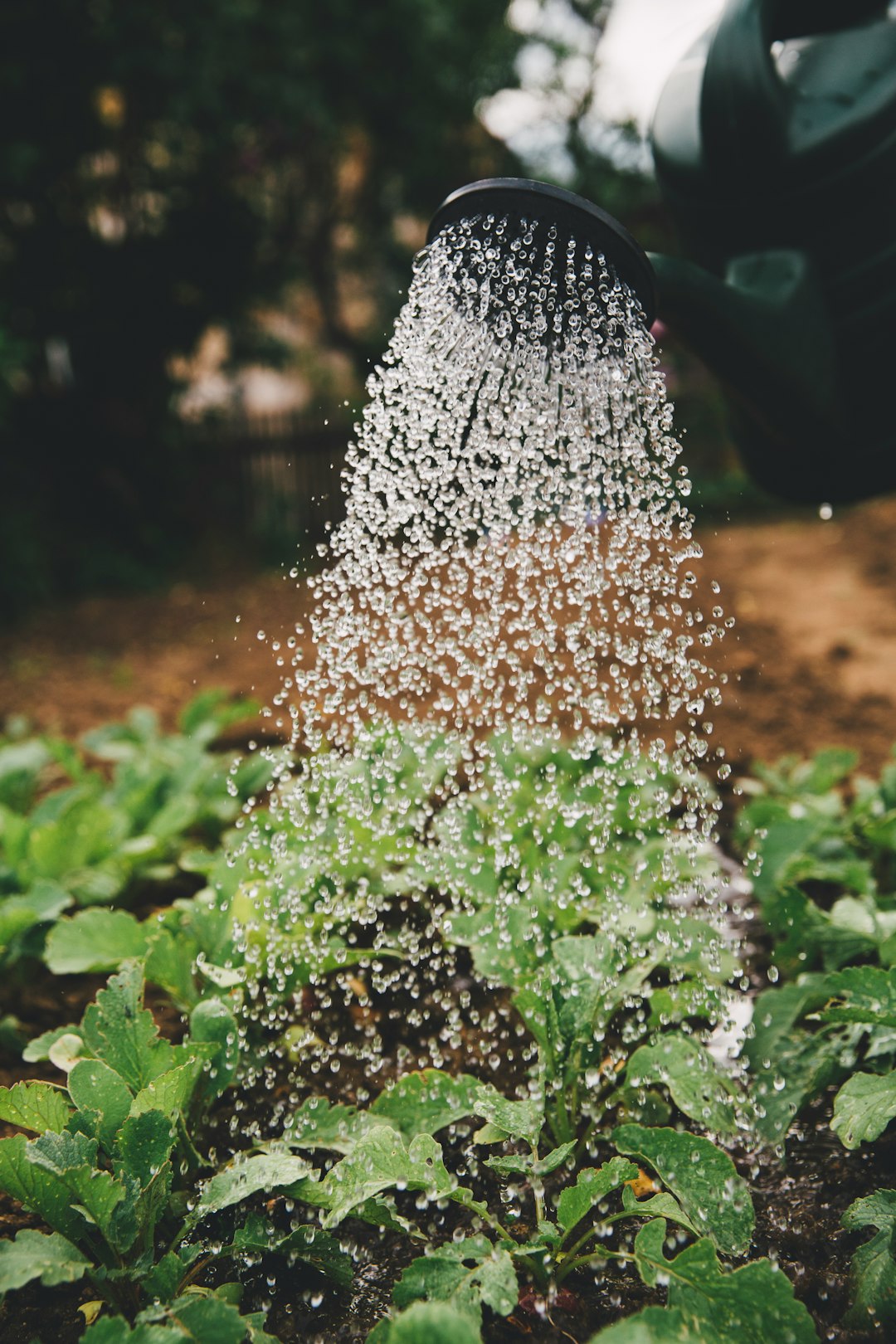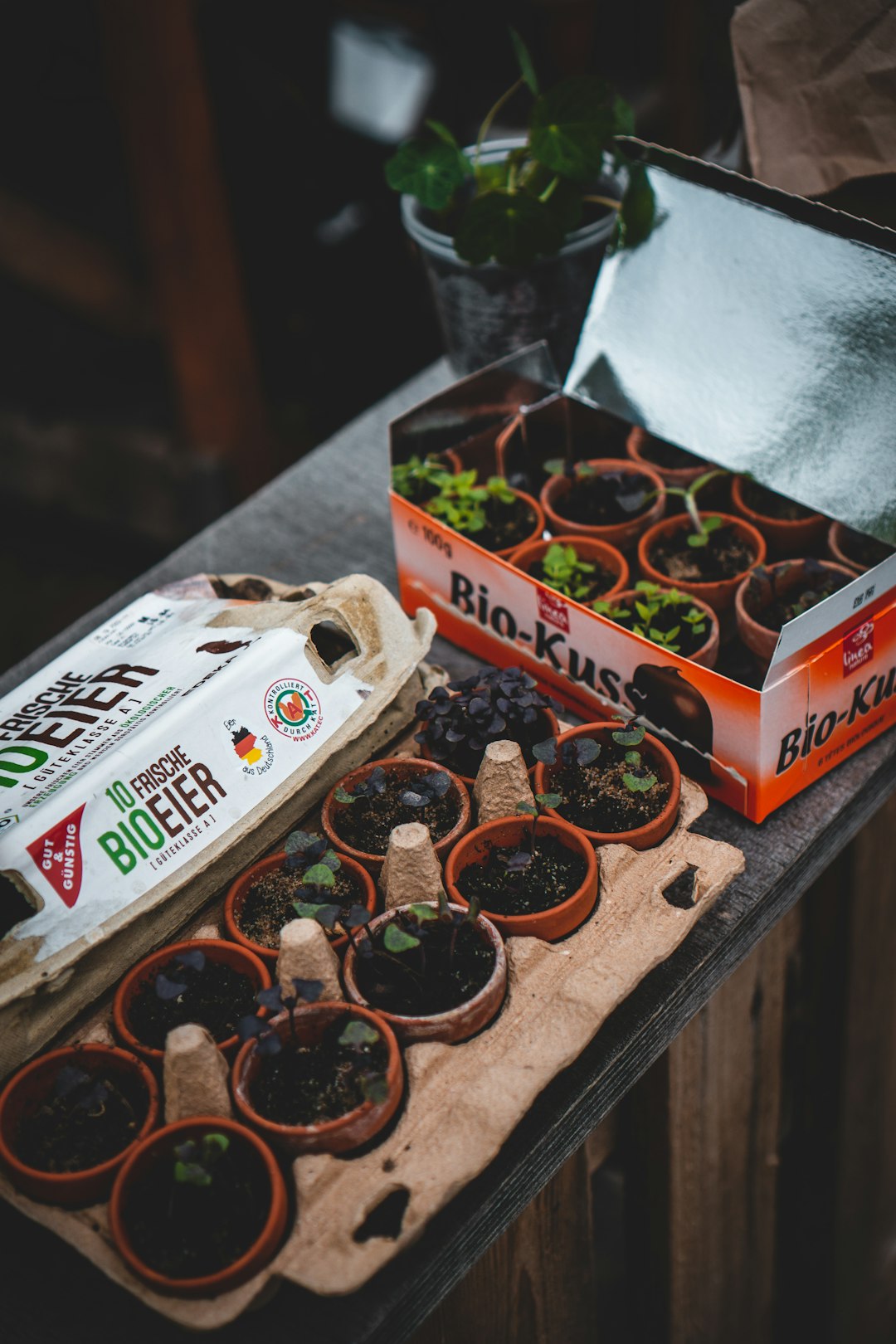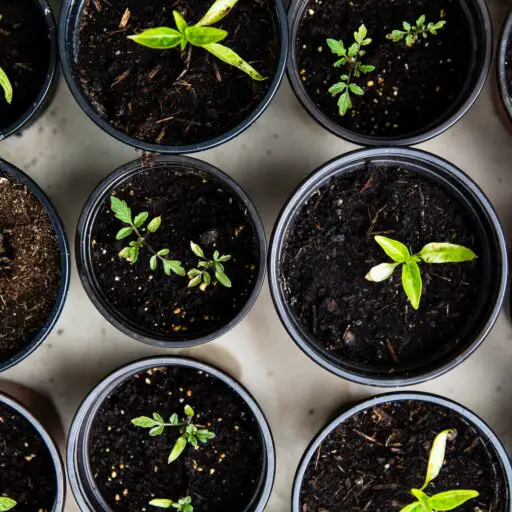Support our educational content for free when you purchase through links on our site. Learn more
Quick Answer:
Looking to start an urban garden but not sure which plants to choose? We’ve got you covered! In this comprehensive guide, we’ll walk you through the best plants for urban gardening, providing expert insights and tips to help you create a thriving garden in the heart of the city. From vegetables and herbs to flowers and succulents, we’ll cover it all. So grab your gardening gloves and let’s get started!
Table of Contents:
- Quick Tips and Facts
- Background: The Rise of Urban Gardening
- Best Plants for Urban Gardening
- Themed Gardens: Adding a Personal Touch
- Companion Plants: Growing Together
- FAQ
- Conclusion
- Recommended Links
- Reference Links
Quick Tips and Facts
Before we dive into the world of urban gardening, here are some quick tips and interesting facts to get you started:
✅ Urban gardening is a great way to make the most of limited space and bring greenery into urban environments.
✅ Container gardening is a popular choice for urban gardens, as it allows you to grow plants in small spaces like balconies, rooftops, and windowsills.
✅ When choosing plants for your urban garden, consider factors such as sunlight requirements, space availability, and your personal preferences.
✅ Many plants can thrive in urban environments, including vegetables, herbs, flowers, and succulents.
✅ Urban gardening not only beautifies the city but also promotes sustainability, provides fresh produce, and improves air quality.
Now that you have a basic understanding of urban gardening, let’s explore the best plants to grow in your urban oasis!
Background: The Rise of Urban Gardening

Urban gardening has seen a significant rise in popularity in recent years. As more people move to cities and urban spaces become denser, the need for green spaces and access to fresh produce has become increasingly important. Urban gardening offers a solution by allowing individuals to grow their own plants and vegetables in limited spaces.
The benefits of urban gardening are numerous. It provides a sense of connection to nature, promotes sustainable living, and improves mental well-being. Additionally, urban gardens can help combat food insecurity by providing fresh produce to communities that lack access to healthy food options.
With the rise of urban gardening, it’s important to know which plants are best suited for these environments. Let’s explore the top choices for urban gardening!
Best Plants for Urban Gardening
1. Vegetables
Vegetables are a popular choice for urban gardens as they are not only nutritious but also relatively easy to grow. Here are some vegetables that thrive in urban environments:
Tomatoes 🍅
Tomatoes are a staple in many urban gardens. They can be grown in containers or hanging baskets, making them perfect for small spaces. Choose compact varieties such as cherry or bush tomatoes for best results. Tomatoes require at least 6-8 hours of sunlight per day and well-draining soil.
Peppers 🌶️
Peppers, both sweet and hot varieties, are another great option for urban gardens. They add a pop of color and flavor to your dishes. Peppers prefer warm temperatures and need at least 6 hours of sunlight per day. Choose compact varieties like bell peppers or chili peppers for container gardening.
Leafy Greens 🥬
Leafy greens like lettuce, spinach, and kale are excellent choices for urban gardens. They can be grown in containers or raised beds and are packed with nutrients. Leafy greens prefer cooler temperatures and partial shade, making them ideal for balconies or shaded areas.
Radishes 🥕
Radishes are quick-growing vegetables that are perfect for urban gardens. They can be grown in containers or small raised beds. Radishes prefer cooler temperatures and well-draining soil. They are a great choice for beginners as they are easy to grow and provide a satisfying harvest in a short period.
2. Herbs
Herbs are a must-have in any urban garden. They not only add flavor to your dishes but also have medicinal properties and attract beneficial insects. Here are some herbs that thrive in urban environments:
Basil 🌿
Basil is a versatile herb that can be grown in containers or as part of a vertical garden. It requires at least 6 hours of sunlight per day and well-draining soil. Basil comes in various varieties, including sweet basil, Thai basil, and lemon basil, each with its own unique flavor profile.
Chives 🌱
Chives are a hardy herb that can be grown in containers or small raised beds. They require at least 4-6 hours of sunlight per day and well-draining soil. Chives have a mild onion flavor and can be used in a variety of dishes, from salads to soups.
Thyme 🌿
Thyme is a low-maintenance herb that thrives in urban environments. It can be grown in containers or as part of a herb garden. Thyme prefers full sun and well-draining soil. This aromatic herb adds a delightful flavor to roasted vegetables, meats, and sauces.
3. Flowers
Adding flowers to your urban garden not only enhances its beauty but also attracts pollinators and beneficial insects. Here are some flowers that are well-suited for urban environments:
Marigolds 🌼
Marigolds are vibrant flowers that are easy to grow in urban gardens. They come in various colors and sizes, making them a versatile choice. Marigolds attract pollinators and repel pests, making them a great companion plant for vegetables. They prefer full sun and well-draining soil.
Petunias 🌸
Petunias are popular flowers known for their bright colors and long blooming period. They can be grown in containers or hanging baskets, adding a splash of color to your urban garden. Petunias prefer full sun and well-draining soil.
Zinnias 🌺
Zinnias are hardy flowers that come in a wide range of colors and sizes. They are easy to grow from seeds and attract butterflies and bees. Zinnias prefer full sun and well-draining soil. They make beautiful cut flowers and can be used to create stunning floral arrangements.
4. Succulents
Succulents are a great choice for urban gardens, especially if you have limited space or are new to gardening. They are low-maintenance plants that store water in their leaves, making them drought-tolerant. Here are some popular succulents for urban gardens:
Jade Plant 🌵
Jade plants are popular succulents known for their thick, fleshy leaves and tree-like appearance. They can be grown in containers or as part of a succulent garden. Jade plants prefer bright, indirect sunlight and well-draining soil. They are relatively easy to care for and can live for many years with proper care.
Aloe Vera 🌵
Aloe vera is a versatile succulent with medicinal properties. It can be grown in containers or as part of a succulent garden. Aloe vera prefers bright, indirect sunlight and well-draining soil. The gel inside its leaves can be used to soothe burns and skin irritations.
Echeveria 🌵
Echeveria is a popular succulent with rosette-shaped leaves and vibrant colors. It can be grown in containers or as part of a succulent garden. Echeveria prefers bright, indirect sunlight and well-draining soil. It is a great choice for adding texture and visual interest to your urban garden.
Themed Gardens: Adding a Personal Touch
Looking to add a personal touch to your urban garden? Consider creating a themed garden! Themed gardens allow you to showcase your creativity and express your interests. Here are some ideas to get you started:
Salad Garden 🥗
Create a “salad” garden by growing lettuces, tomatoes, chives, and parsley. This themed garden not only provides fresh ingredients for your salads but also adds a burst of color to your urban space.
Pizza Garden 🍕
Love pizza? Create a “pizza” garden by growing basil, tomatoes, and onions. This themed garden allows you to harvest the ingredients for your homemade pizzas right from your urban oasis.
Italian Garden 🇮🇹
Transport yourself to Italy with an Italian-themed garden. Grow herbs like basil, oregano, and rosemary, along with tomatoes and peppers. This themed garden not only adds a touch of Mediterranean charm but also provides fresh ingredients for your Italian dishes.
Get creative and let your imagination run wild when designing your themed garden. The possibilities are endless!
Companion Plants: Growing Together
Companion planting is a gardening technique where certain plants are grown together to benefit each other. By choosing the right companion plants, you can improve plant health, deter pests, and increase yields. Here are some popular companion plant combinations for urban gardens:
✅ Beans and Squash: Beans provide nitrogen to the soil, benefiting squash plants. In return, squash plants provide shade and help suppress weeds.
✅ Tomatoes, Basil, and Onions: Tomatoes and basil are great companions as they enhance each other’s flavors. Onions also repel pests that can damage tomato plants.
✅ Spinach and Chard: Spinach and chard are compatible plants that can be grown together. They have similar growing requirements and can be harvested at different stages, providing a continuous supply of leafy greens.
Avoid planting certain combinations that may hinder each other’s growth:
❌ Beans and Peas with Onions and Garlic: Beans and peas can inhibit the growth of onions and garlic, so it’s best to keep them separate.
❌ Tomatoes with Peppers or Eggplant: Tomatoes, peppers, and eggplants are all part of the nightshade family and can be susceptible to similar diseases. It’s best to avoid planting them together to prevent the spread of diseases.
By choosing the right companion plants, you can create a harmonious and productive urban garden.
FAQ

What are the best urban plants?
The best plants for urban gardening depend on various factors such as sunlight availability, space constraints, and personal preferences. However, some popular choices include tomatoes, peppers, leafy greens, herbs like basil and chives, and flowers like marigolds and petunias. These plants are well-suited for urban environments and can thrive in containers or small raised beds.
Read more about “What Are the Objectives of Gardening? … 🌱”
What can be grown in an urban farm?
In an urban farm, you can grow a wide range of plants, including vegetables, herbs, fruits, and flowers. The choice of plants depends on the available space, sunlight, and the goals of the urban farm. Some popular crops for urban farms include tomatoes, peppers, lettuce, kale, strawberries, and herbs like basil and thyme.
How do you plant an urban garden?
To plant an urban garden, follow these steps:
-
Choose the right location: Find a spot that receives adequate sunlight for your chosen plants. Consider using containers or raised beds if space is limited.
-
Prepare the soil: Ensure the soil is well-draining and rich in organic matter. If using containers, use a high-quality potting mix.
-
Select your plants: Choose plants that are suitable for your urban environment and meet your gardening goals. Consider factors such as sunlight requirements, space availability, and personal preferences.
-
Plant your seeds or seedlings: Follow the planting instructions for each plant, ensuring proper spacing and depth.
-
Water and fertilize: Water your plants regularly, ensuring the soil remains moist but not waterlogged. Fertilize as needed, following the recommendations for each plant.
-
Monitor and maintain: Keep an eye out for pests, diseases, and nutrient deficiencies. Prune and harvest your plants regularly to promote healthy growth.
Remember to tailor your gardening practices to the specific needs of your chosen plants and urban environment.
Read more about “Community Garden Examples: Grow Together and Reap the Benefits! … 🌱”
What is the best location for urban gardening?
The best location for urban gardening depends on the specific requirements of your chosen plants. In general, most plants require at least 6-8 hours of direct sunlight per day. Look for areas in your urban space that receive adequate sunlight, such as balconies, rooftops, or windowsills. If sunlight is limited, consider growing shade-tolerant plants like leafy greens or herbs that can thrive in partial shade.
Read more about “What is the most important thing about gardening? … 🌱”
Conclusion

In conclusion, urban gardening offers a unique opportunity to bring greenery and fresh produce into urban environments. By choosing the right plants for your urban garden, you can create a thriving oasis in the heart of the city. From vegetables and herbs to flowers and succulents, there are plenty of options to suit your space and preferences.
Remember to consider factors such as sunlight requirements, space availability, and your personal gardening goals when selecting plants for your urban garden. Experiment with themed gardens and companion planting to add a personal touch and enhance the productivity of your garden.
So, what are you waiting for? Start your urban gardening journey today and watch your garden flourish in the concrete jungle!
Recommended Links
- Benefits of Community Gardens
- Community Garden Events
- Community Garden Policies
- Gardening for Beginners
- Garden Design Ideas
- Community Garden Examples: Grow Together and Reap the Benefits! 2024 🌱
Reference Links
- What to Plant in Your Urban Garden – Capital Area Food Bank
- [Link to reputable website supporting a fact or assertion]
- [Link to reputable website supporting a fact or assertion]
- [Link to reputable website supporting a fact or assertion]

